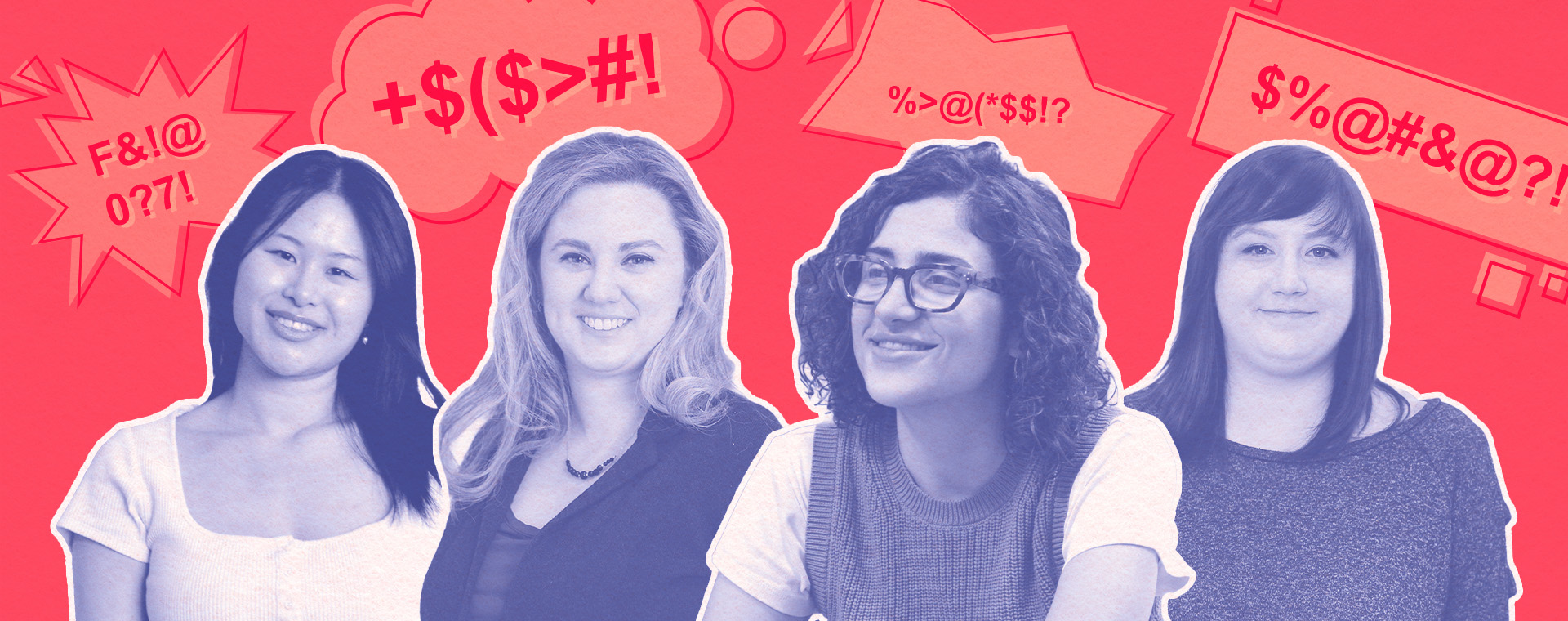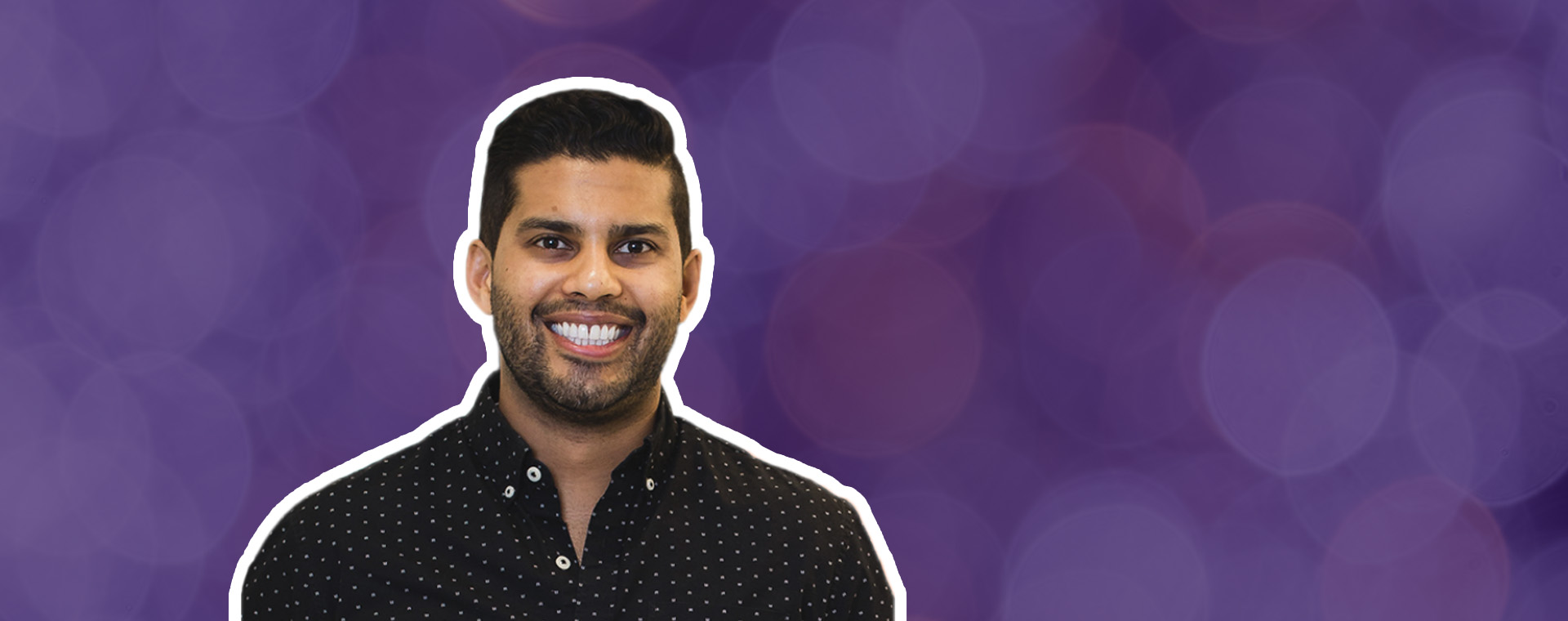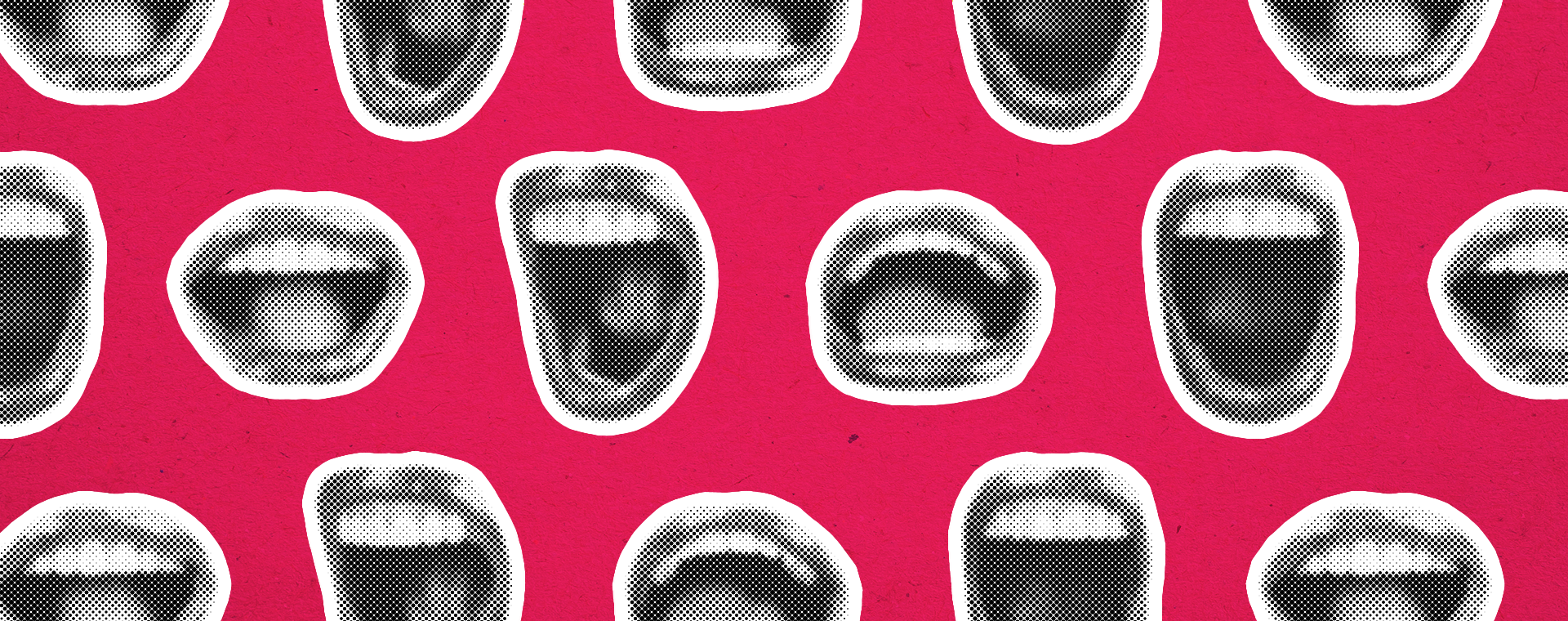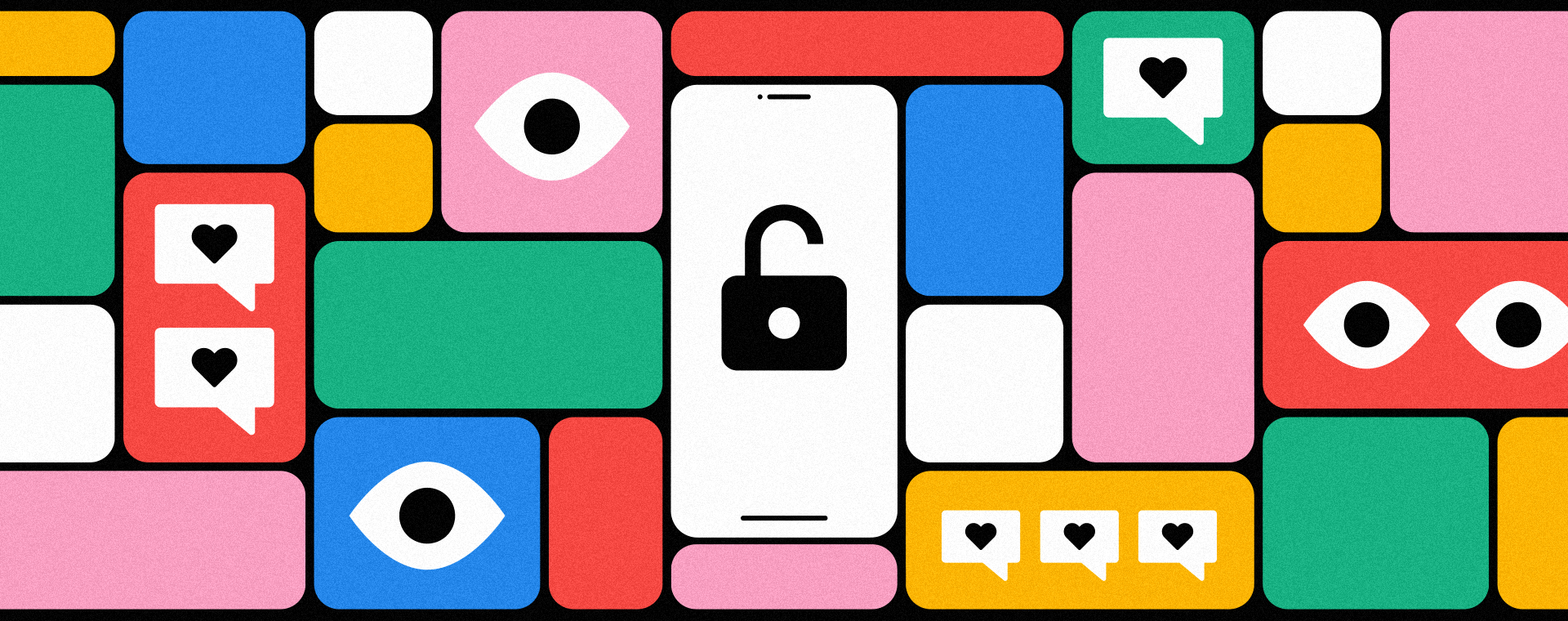Lately, it feels like I’ve travelled to an alternate universe…or maybe, just back to the 1950s. Every day brings a new headline painting a bleak picture: DEI is dead, and people are celebrating.
In the wake of federal-level crackdowns on DEI programs in the United States, what was once a business priority is now being treated like a liability, even in Canada. Major brands like Target and Amazon are quietly walking back their DEI commitments, while 42% of business leaders are planning “substantial changes” to their DEI efforts this year to sidestep controversy.
All of this begs the question: What should marketers do?
Where DEI efforts faltered
DEI, short for “diversity, equity, and inclusion”, is more than a buzzword. It’s a framework built to recognize the many ways people differ (think: gender, race, sexual orientation, age, religious beliefs, socioeconomic status, communication styles, accessibility and more) and to drive action towards a more just and inclusive society.
Its roots trace back to the US Civil Rights Act of the 1960s, which made it illegal to discriminate in employment based on race, gender, colour, and more. For decades, entire communities were barred from the workforce, and this act aimed to change that.
Over time, DEI expanded beyond legislation and into the private sector. Businesses began rolling out training programs, hiring practices, and marketing strategies designed to reflect the world we live in.
So, how did a movement born out of a fight for equity become so polarizing?
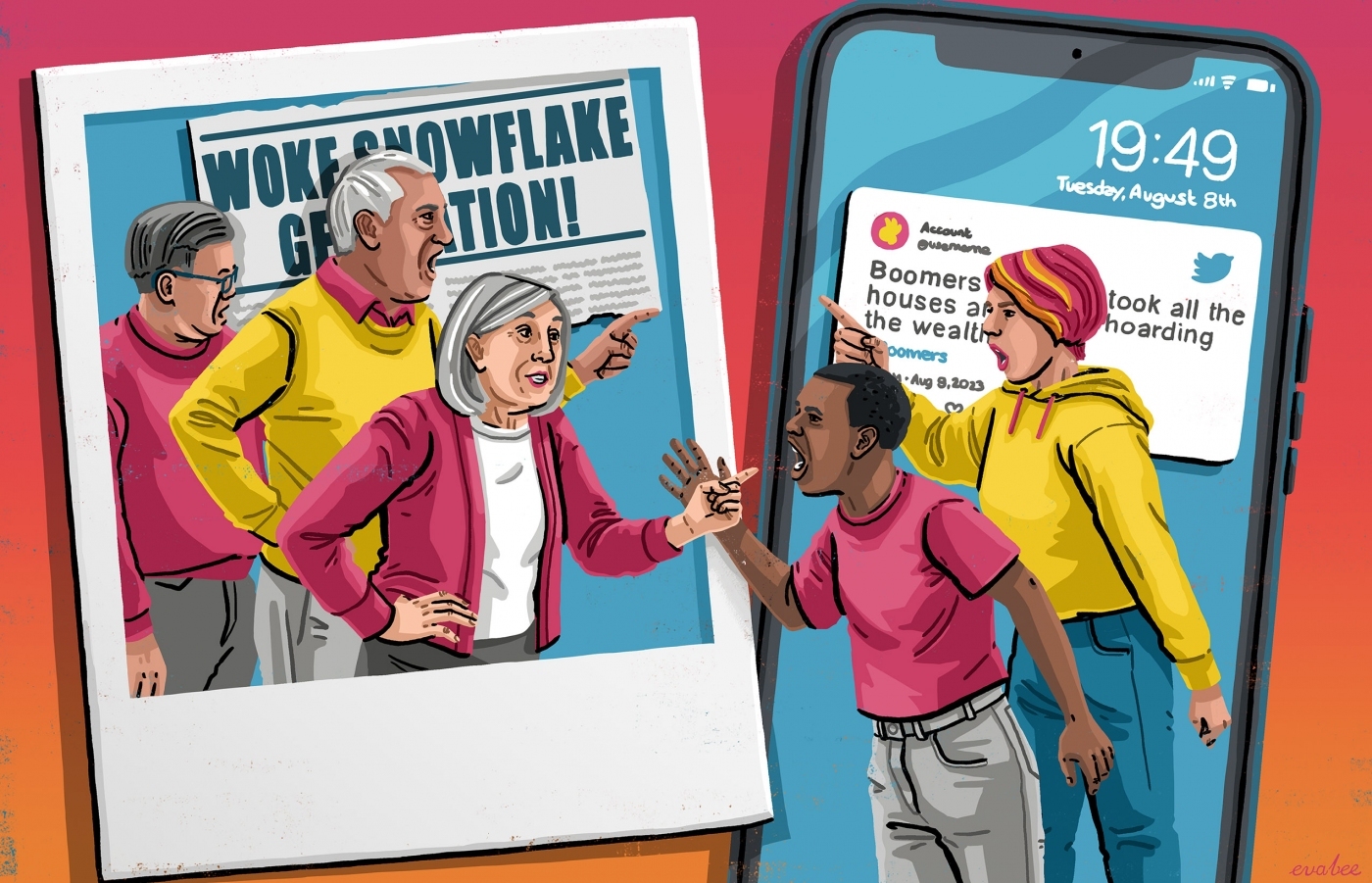
Performative marketing efforts
When the Black Lives Matter movement took the world by storm in 2020, marketers quickly realized that silence wasn’t an option and rushed to take a stance. Enter: #BlackOutTuesday. The idea was simple: post a black square on Instagram to show solidarity with protestors advocating for racial justice. But as the trend caught on, the gesture backfired, flooding feeds that were being used to share real-time updates and resources, and unintentionally drowning out the voices those brands claimed to support.

This sums up a big reason why DEI fell flat for so many. Instead of committing to real change, DEI became a performance; less about caring and more about appearing to care. What could’ve been a powerful moment for systemic change ended up as a fleeting social media trend with no substance. When DEI is all talk and no action, people notice. And they tune out.
Harmful representation
A common mistake brands make is focusing on diversity without inclusion. These terms are often lumped together, but they’re not the same. Diversity is about who’s in the room. Inclusion is about whether those people feel like they matter inside the room and are being involved.
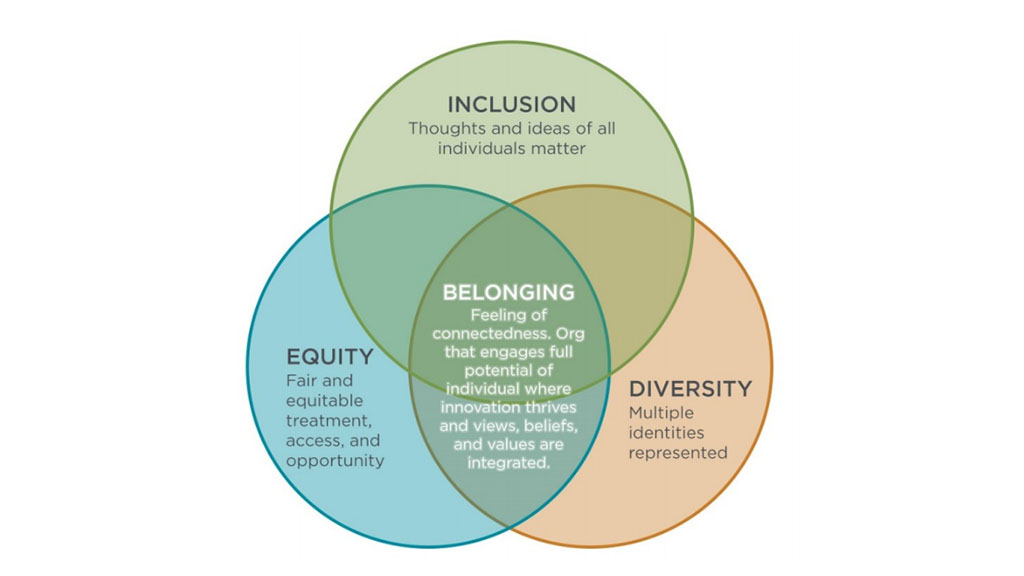
We see this play out in advertising, when brands aim to show representation but end up reinforcing stereotypes instead. Take Dove’s 2017 ad, which showed a Black woman removing her shirt to reveal a white woman underneath. Or, Heineken’s 2018 ‘Lighter is better’ commercial, where a bartender slides a light beer past multiple Black folks to reach a light-skinned woman. Regardless of intent, the message is clear: only a select demographic was considered in the making of this ad.
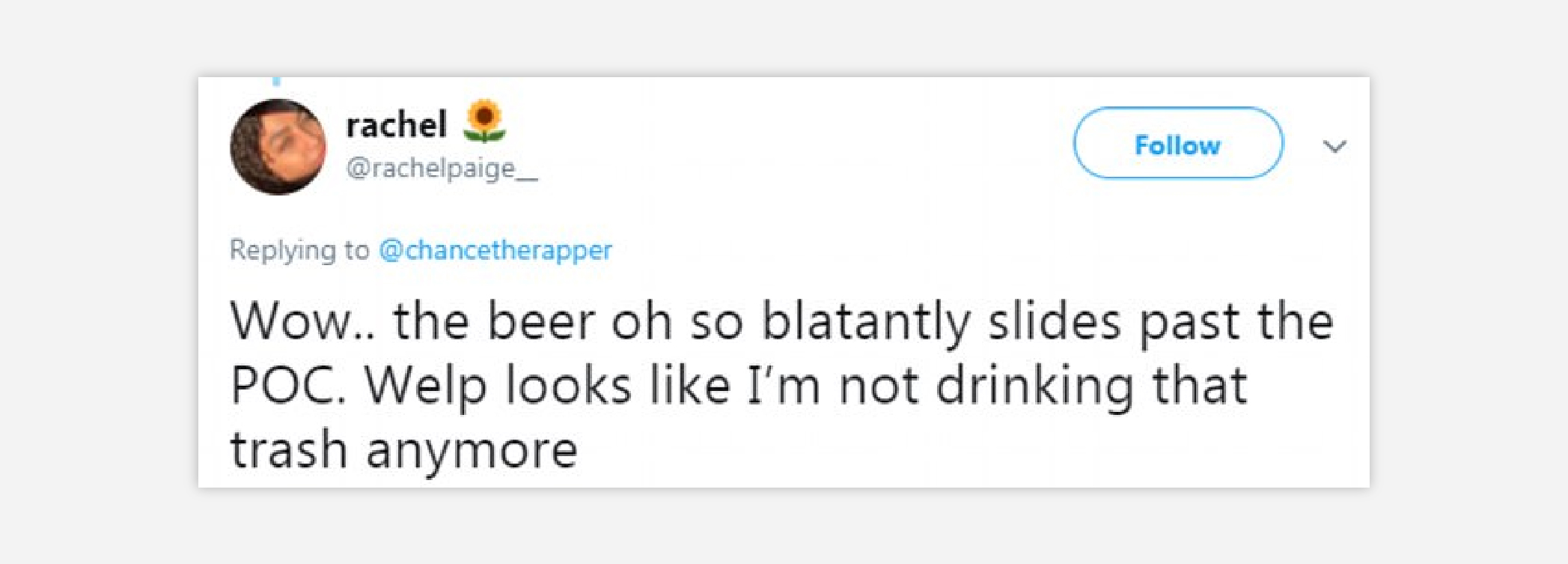
The issue isn’t just featuring diverse talent. It’s who gets to shape the story. If your marketing team doesn’t reflect the target audience you’re speaking to, you’re more likely to miss the mark. When inclusion is an afterthought, it shows.
“Reverse discrimination?”
For many critics, DEI represents a greater political agenda; one rooted in the belief that discrimination is a thing of the past, and that pushing for equity somehow creates new inequities. Terms like “reverse discrimination” are weaponized to frame DEI as unfair to groups that have historically held power.
In reality, DEI was created to level the playing field, not to tilt it. But today, it’s become the go-to scapegoat, blamed for everything from job losses to a deadly plane crash. Despite having zero basis in reality, the current American administration is legitimizing the backlash, with the Justice Department pledging to investigate DEI-related lawsuits. This rhetoric doesn’t just ignore decades of systemic inequity; it undermines the work still needed to fix it.
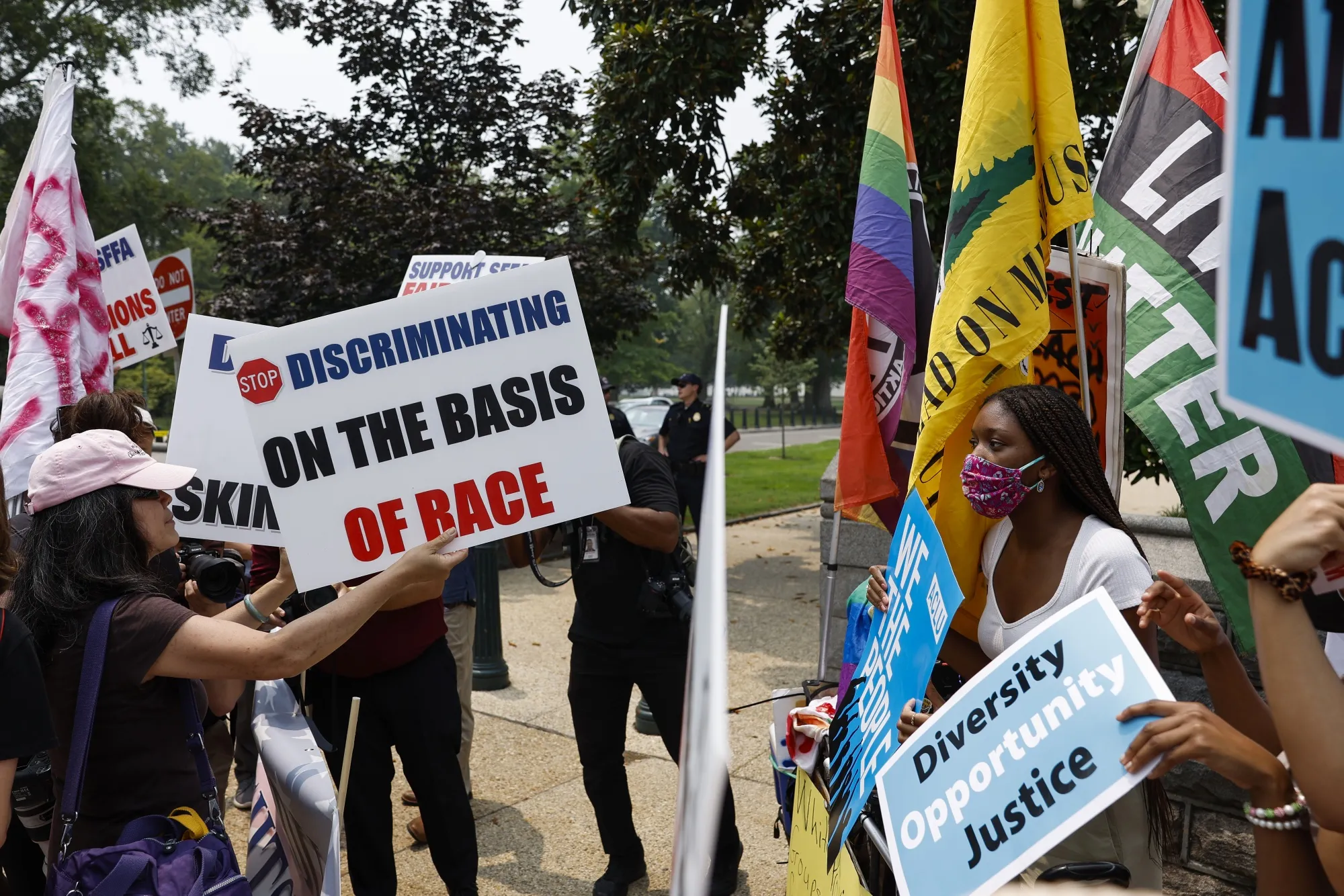
For marketers, this climate creates both a risk and a responsibility. Messaging that once felt safe can now sound political. Even mentioning people of colour, women, or LGBTQ+ individuals can seem risky. But retreating from inclusion isn’t a neutral act, and ignoring the diverse range of people who engage with your brand isn’t the answer.
Is DEI still relevant for brands?
Yes.
Despite the noise, consumers still care, and they’re holding brands more accountable than ever. For every company that walks back its DEI efforts, there’s criticism from audiences who feel let down. Not to mention, employees that can also feel let down.
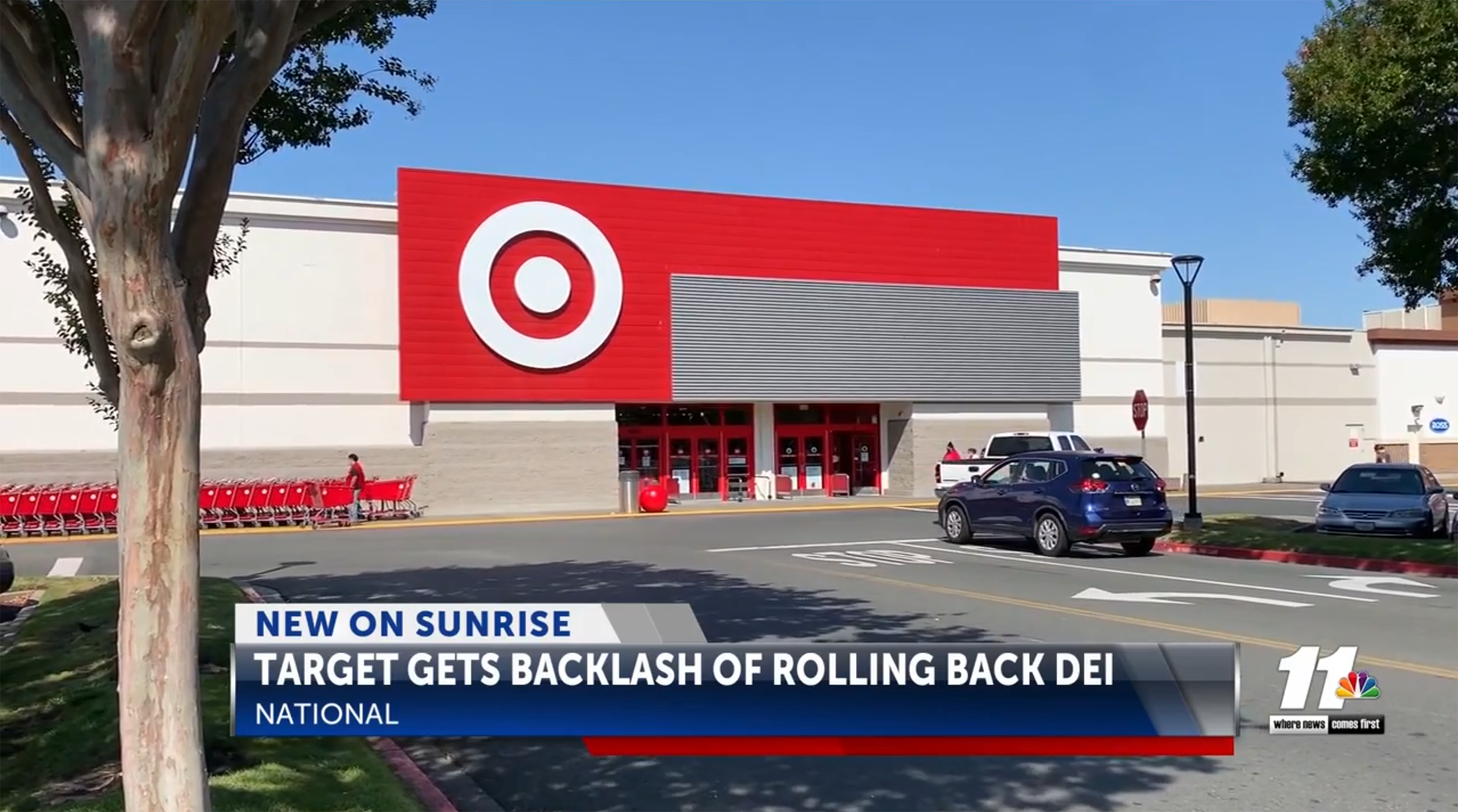
The business case for DEI is clear
Brands that prioritize DEI perform better across multiple metrics:
75% of consumers globally say that a brand’s commitment to DEI impacts their purchase decisions.
Ads featuring people of colour drive increased sales — even among white consumers.
Brands that lead with inclusion are 62% more likely to be someone’s first choice.
Diverse teams pull in 2.5x higher cash flow per employee.
Inclusive teams are 35% more productive.
As North America becomes increasingly more diverse, DEI only grows more essential. To ignore it is to alienate a growing base of consumers and talent who want to be seen, heard, and included. Consider these statistics:
Immigrant workers are projected to rise from 1 in 4 in 2016 to 1 in 3 by 2036 in Canada.
Gen Z is growing in buying power, and in the United States, nearly half is nonwhite. Gen Alpha is expected to be even more ethnically and culturally diverse.
Nearly 1 in 10 American adults identify as LGBTQ+.
DEI isn’t simply a trend to move on from. That being said, the backlash can’t be ignored. Marketers don’t need to abandon DEI, but they do need to be smarter about how they do it.
Lessons from brands doing inclusivity the right way
The term DEI may feel like a minefield, but the underlying goals of improving representation and fostering belonging are things most people can get behind. When done well, DEI isn’t just about ticking boxes; it’s about creating trust and earning lasting brand loyalty.
Here’s how 6 brands are getting it right and what marketers can learn from them.
Ben & Jerry’s
Ben & Jerry’s has embedded social justice into the DNA of its brand. From racial equity to LGBTQ+ rights, the company consistently uses its platform to raise awareness of inequities. But it’s not just performative. Ben & Jerry’s walks the talk by committing to hiring activists to lead their advocacy efforts, partnering with diverse suppliers, and donating proceeds to progressive causes.
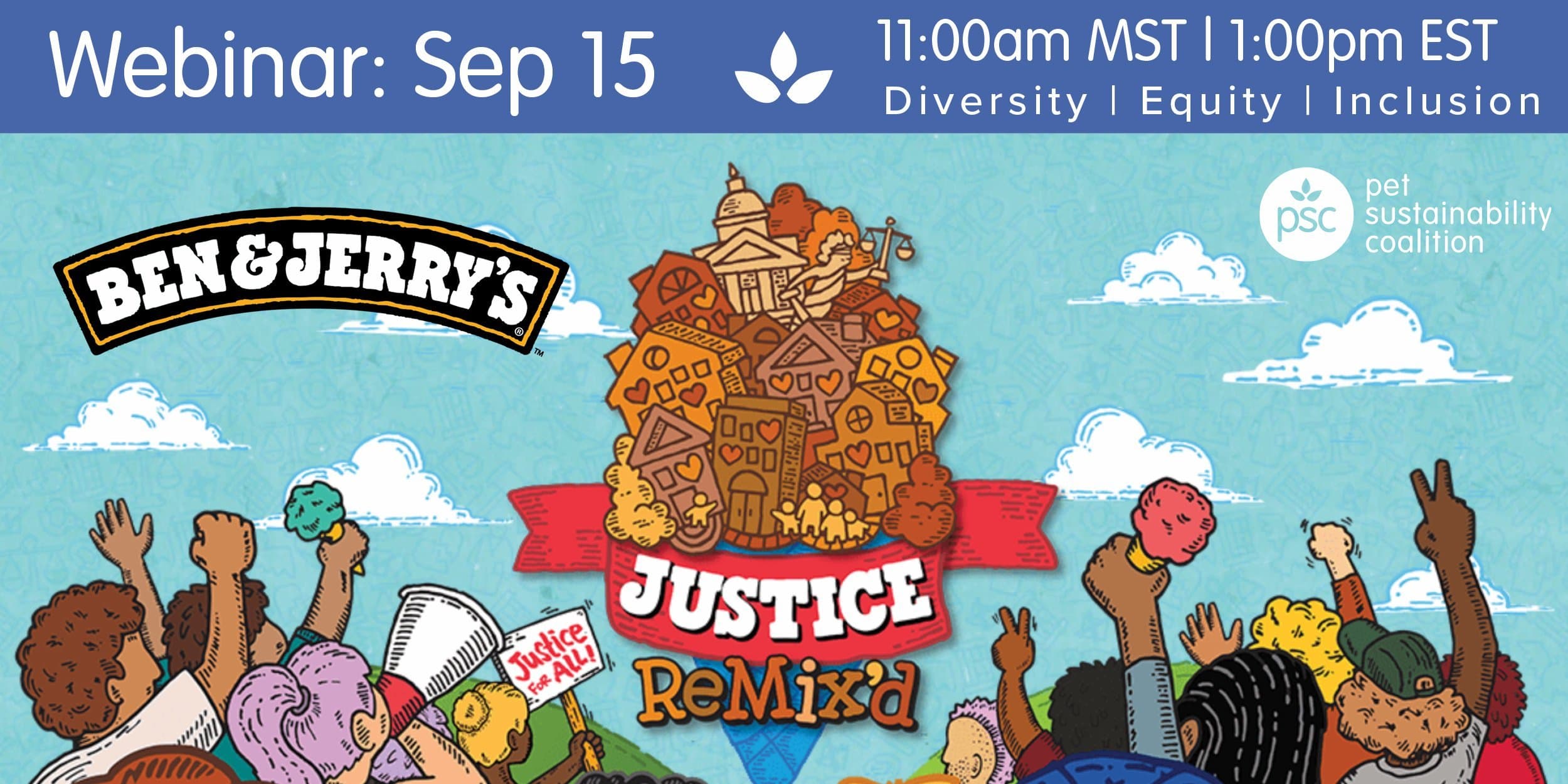
What sets Ben & Jerry’s apart is that they’re unapologetically true to their values. They don’t try to please everyone, and they’re okay with that. Their consistency has earned them a multi-generational customer base that believes in the same things.
Francesca’s
In a time when many brands are backpedaling on DEI, Francesca’s took a different approach. Recently, CEO Andrew Clarke shared a candid video on LinkedIn, doubling down on the company’s commitment to inclusion. He opened up about his experience as a member of the LGTBQ+ community and how it shaped his vision for creating an inclusive company culture.
Francesca’s didn’t release a polished PR statement. Andrew spoke from the heart, and that people-driven approach stood out. It positioned the brand as one that valued inclusion, even when it may not benefit the bottom line.
Aspercreme
Best known for pain relief creams for older adults, Aspercreme noticed a surprising trend of young women using their products on TikTok. So, they pounced on it.
The brand joined forces with Nicky Doll, a popular drag queen from RuPaul’s Drag Race, to launch the “AsperQueens” campaign. The campaign featured a series of videos across social channels where Nicky demonstrated how Aspercreme Dry Spray could be a game-changer for anyone who wears high heels.
The marketing campaign was a success. It was fun, campy, and tapped into both queer culture and TikTok humour to reframe the brand for a younger, more diverse target audience.
Verizon
Verizon partnered with Viola Davis’ production company to reimagine the Shakespeare classic, Othello. The twist? The entire production was powered by AR tech and brought to life by an all-female, racially diverse cast.

The campaign spotlighted the gender imbalance in both theatre and tech, two industries where women remain underrepresented. It was bold, on-brand, and tied back to Verizon’s commitment to challenge the status quo.
MetLife
MetLife goes above and beyond with “Inclusion Begins with Me”, a podcast hosted by their Chief DEI Officer, Dr. Cindy Pace. The show features interviews with expert guests, creating space for open conversations on race, gender, disability, culture, and more.
The podcast isn’t just internal—it’s public. That transparency invites external accountability and positions MetLife as a thought leader in the inclusion space.

Too often, DEI gets reduced to a checkbox exercise. MetLife shows what it looks like to commit to an ongoing dialogue that encourages folks both inside and outside the company to learn.
Mastercard
Mastercard took a meaningful step toward advancing LGBTQ+ inclusion by allowing transgender and non-binary individuals to use their chosen names on credit cards.
They then expanded that effort with True Self World, an immersive virtual space designed to celebrate self-expression. Users can create avatars, attend virtual events, and explore stories of real people who’ve embraced their true names and identities.
This wasn’t just a brand moment; it was a product innovation rooted in inclusivity and respect.
Food for thought
I’m not a time traveller so I can’t predict the future. But I do know this: silencing conversations about diversity and equity won’t move us forward.
Now isn’t the time to step back. It’s a chance to rethink how you show up… and show up better.


